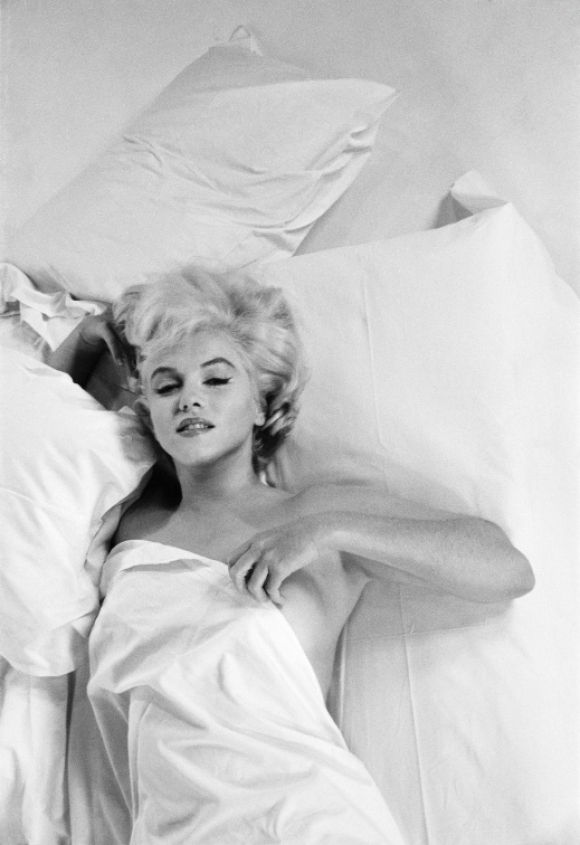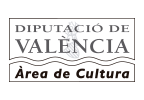Each of these images tells us about people looking at other people, as the three of them address openly the individual as key to the problems and to the solutions. The importance of portrait is essential in their practice, be it celebrities, artists, politicians, intellectuals, children, unknown women, unknown people. The entire exhibition includes but one photograph without an individual in the spotlight. Just a landscape of a city, New York City, at night, with the agitation of thousands of people that cannot be seen.
rnold, Morath and García Rodero have been forerunners in many things, but they have not been the only ones. They belong to an army of women that, equipped with a camera, walk the world since 1841, looking through their lens, being witnesses and main characters of the change, of the movement of the world. In 1841 Anna Atkins, a woman, takes the first photograph of thousands, millions that would follow. Thus turning photography into the channel where it has been easier and faster for women to generate a creativity that reflects and reacts to the modern world, to the current society and to the changes that have taken place since then.
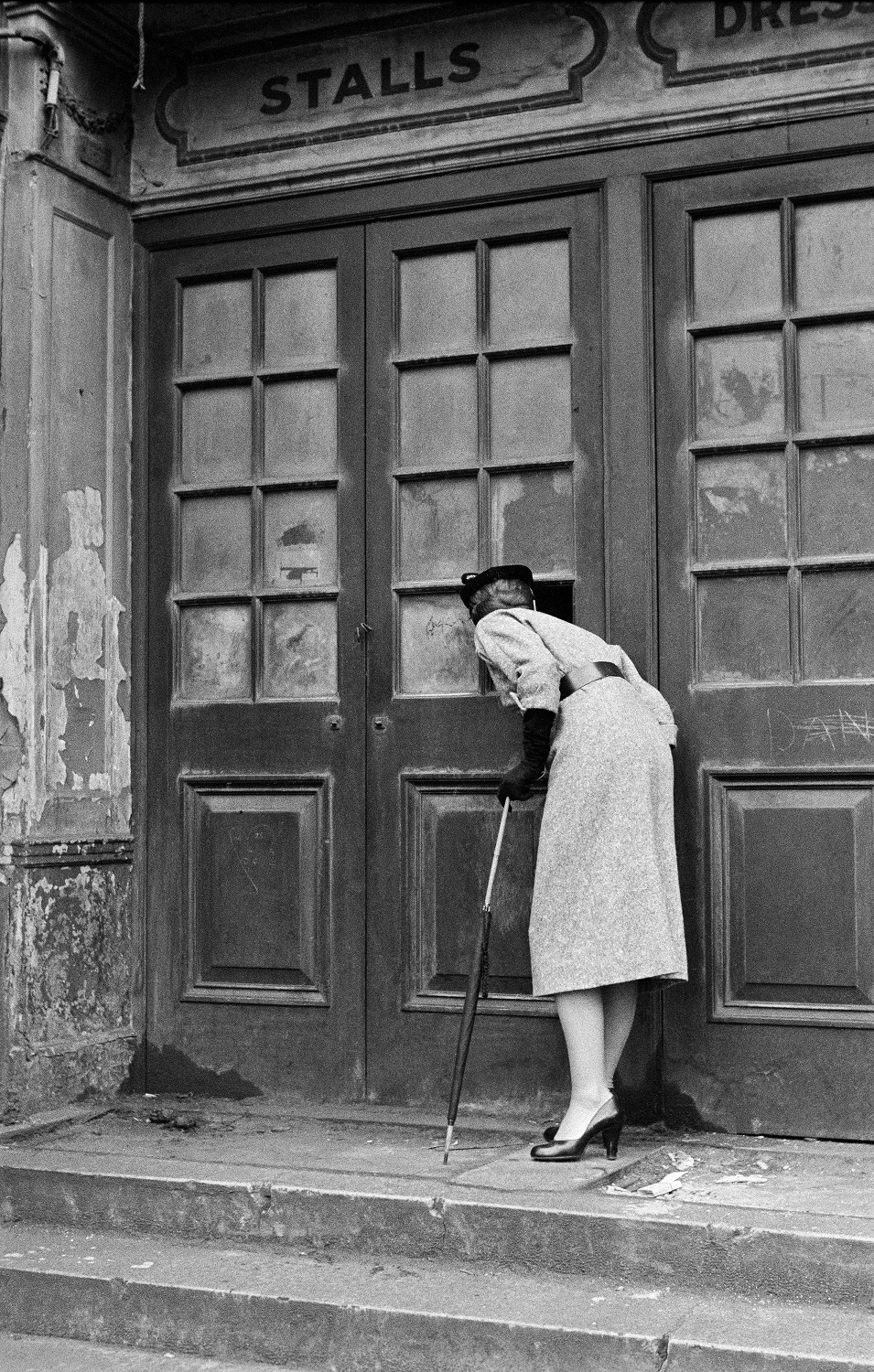
© Inge Morath / Magnum Photos / Contacto. Mayfair and Soho, London, England, 1953
Inge Morath (Austria, 1923- USA, 2002)
She started working with Magnum in 1953, and she joined the agency in 1955. There she started as an assistant to Henri Cartier-Bresson for several years. Her work at Magnum was divided into several categories: film photography, portraits and society page in relation with art, culture and fashion, lengthy reports of travels across the world, with a special focus on those made during her multiple trips over the years to Spain and China. Morath worked on a regular basis as a photographer during film shootings, documenting the shooting, and even as fixed photo. The first director she worked with was John Huston, for the film Moulin Rouge (1952. Then, for The Misfits, in 1960, with Clark Gable, Marilyn Monroe and Montgomery Cliff, based on a novel by Arthur Miller, who was then married to Marilyn Monroe and was present on the set. In 1962 Inge Morath married a recently divorced Arthur Miller, with whom she had a son, and moved to New York City permanently. They would be together until her death.
The selection of works being exhibited here includes samples of all her different types of work, artist and celebrity portraits, such as French designer Yves Saint Laurent, scenes from her trips and several portraits of politicians and artists, including one of Arthur Miller. It also includes one of her most popular and celebrated series, where she displays her great sense of humour: Mask series with Saul Steinberg (1962).
Inge Morath work has been shown in countless museums, such as Kunsthalle Wien (Austria); Art Institute of Chicago (USA); Rupertinum Museum (Salzburg, Austria); Museo de Arte contemporáneo (Madrid); Tokyo Museum of Photography (Tokio, Japan).
Eve Arnold (Philadelphia, USA, 1912 - London, UK, 2012)
In 1951, at age 39, she was the first woman to join Magnum, four years after its foundation. She became a full member in 1955. She lived in the States until she made the decision to move to England, where she schooled her children and established her residency for good.
Her career at Magnum ran parallel to that of Inge Morath. The two of them are the first female photographers to join an essentially male agency. They stand out not only for being the two only women at Magnum for some time, but also due to their focus on China and for their extensive experience in film photography, portraits and fashion, although Eve Arnold is essentially a photojournalist with a more political attitude who empathises more with simple people with no social relevance. They both worked during the shooting of The Misfits in photo documenting and fixed photo.
The selection of Arnold’s work being shown includes samples of all this array of topics. A Portrait of Marilyn Monroe, another of Malcom X, Margaret Thatcher, a divorce in Moscow, a Miss America parade…
Eve Arnold’s work has been exhibited at Brooklyn Museum of New York in 1980, in 1996 at Barbican Gallery in London, an exhibition that travelled to 16 countries. In 1996 she received the Kraszna-Krausz Book Award on her book In Retrospect.
Cristina García Rodero (Puertollano, Ciudad Real, 1949)
In 2005 she became the first Spanish photographer to join Magnum. She tapped into photography through her Fine Arts studies. Apart from photography she was a teacher at Universidad Complutense de Madrid until 2007. In the 1970s she undertook a study of the festivities and customs of Spanish towns and villages, their pagan rites and religious beliefs: La España oculta (Hidden Spain). García Rodero shows images full of tenderness and pain, innocence and baroque kinking and complexity, a singular art work in the history of Spanish photography. She follows an inverse path within Magnum: She starts out as an artist that uses photography to explore the reality of photojournalism. She is differentiated by her empathy towards people, her respect for anything she photographs, she actually looks in favour of those she portrays, without passing judgement. Her images exude humanity and life, and many of them have become icons of contemporary photography. She is, and she has been almost from her beginnings, a contemporary classic.
We have selected some of her works trying to avoid the most popular images to show some of her less well-known trips and series, powerful images with this happy touch, sometimes ironic, always human, that defines her photography.
Cristina García Rodero’s work has been shown in venues like the Photographers’ Gallery (London); Rencontres d’Arles (France); Museo de Arte Contemporáneo (Madrid); Zentrum fur Audiovisuelle Medien (Sttutgart, Germany); Centro Galego de Arte Contemporáneo (Santiago de Compostela, Spain). She is a member of the Real Academia de Bellas Artes de Madrid and she has received virtually all the photography international awards in the world, like the Spanish National Photography Award.
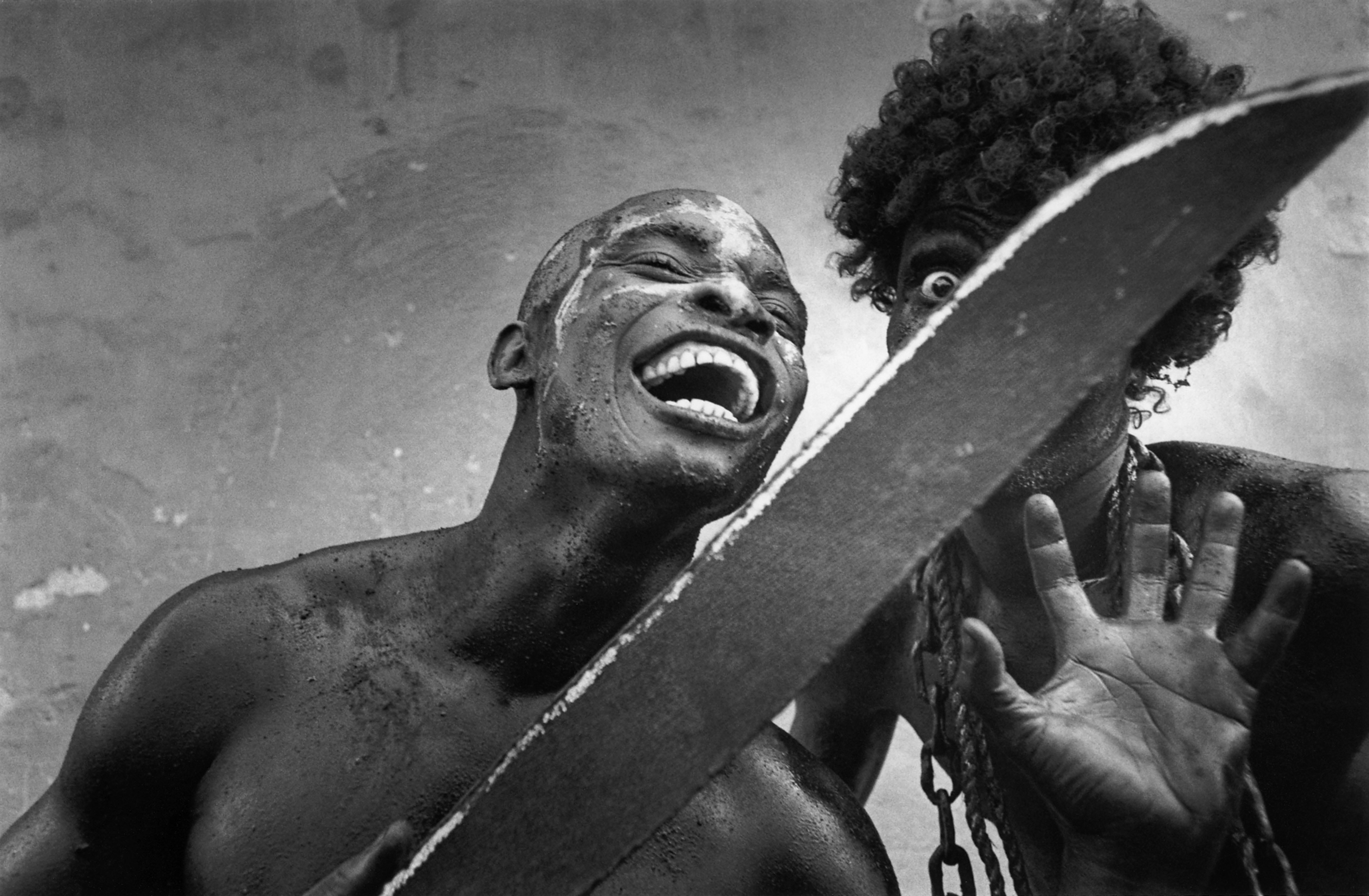
© Cristina Garcia Rodero / Magnum Photos / Contacto. Haiti. Carnaval de Jacmel. 2001
Magnum es la primera agencia de fotografía creada por los propios fotógrafos. Se crea en 1947 por Robert Capa, Henri Cartier-Bresson, George Rodger y David “Chim” Seymour. Cada uno aportó 400 dólares, siendo así, además, una de las primeras cooperativas de fotógrafos. Por primera vez los fotógrafos controlarían los derechos de sus imágenes y, a la vez, tendrían más libertad para elegir sus temas y las formas de representarlos. Por ese motivo pertenecer a Magnum es uno de los reconocimientos más importantes para los fotógrafos actuales.
Artistas como Sebastião Salgado, Josef Kudelka, Miguel Rio Branco, Alec Soth, Martin Parr, Eliott Erwit y un largo etcétera forman o han formado parte de Magnum. Nombres históricos como Cartier Bresson o Robert Capa, nombres sobre todo de hombres. Pero Magnum, desde su creación ha tenido también a mujeres entre sus miembros. A esas mujeres rinde homenaje esta exposición.
Exposición comisariada por Rosa Olivares


Colabora:



